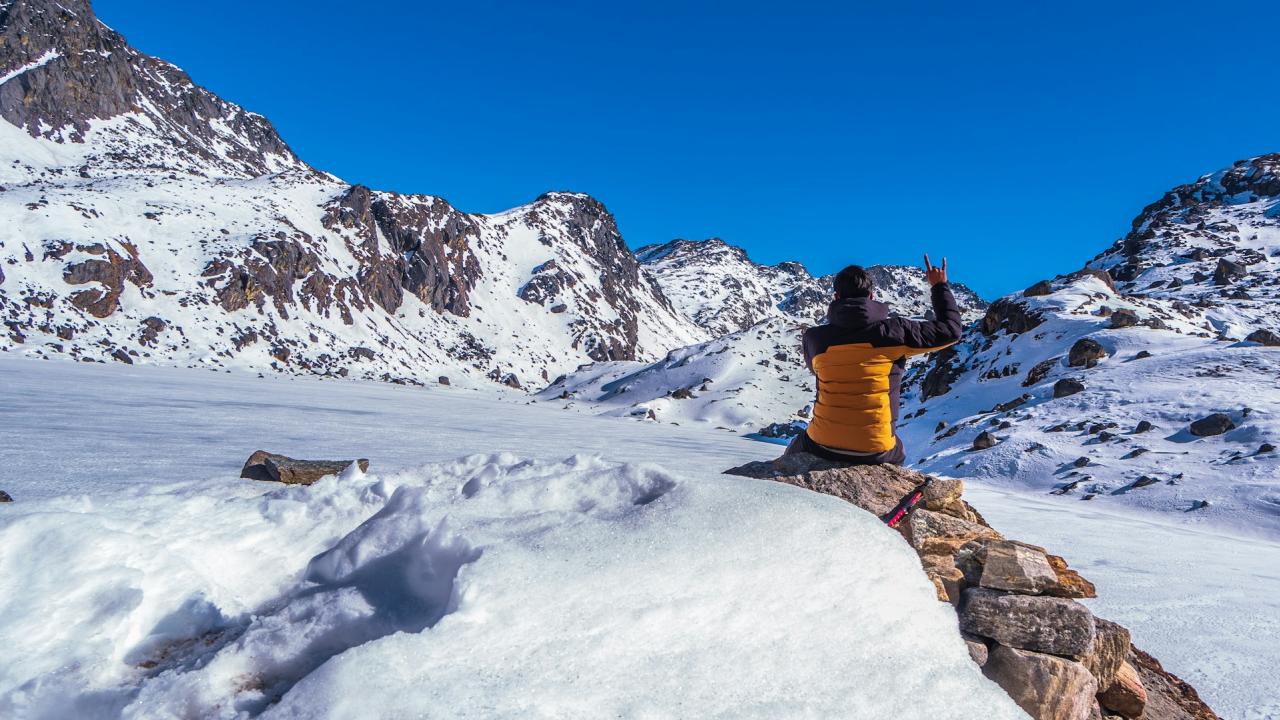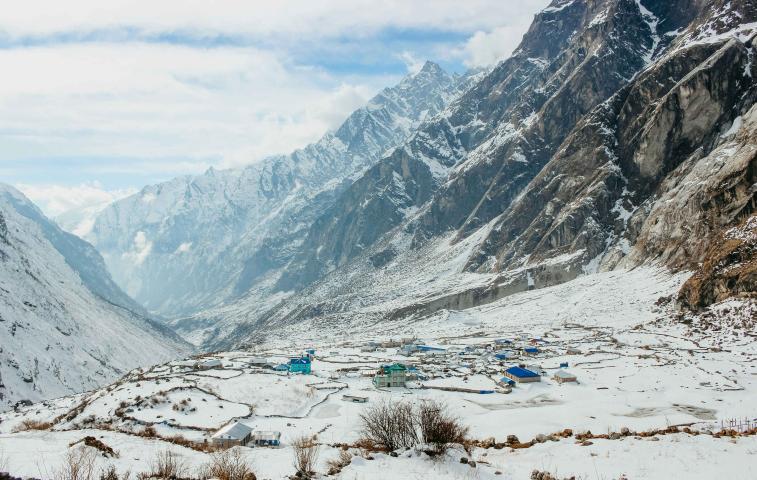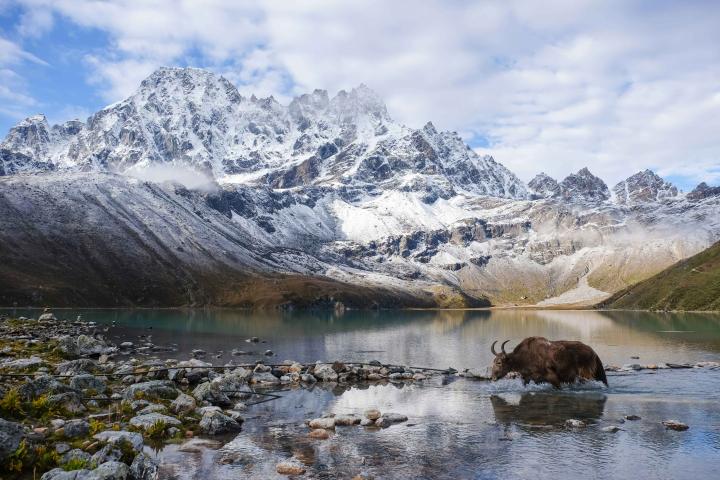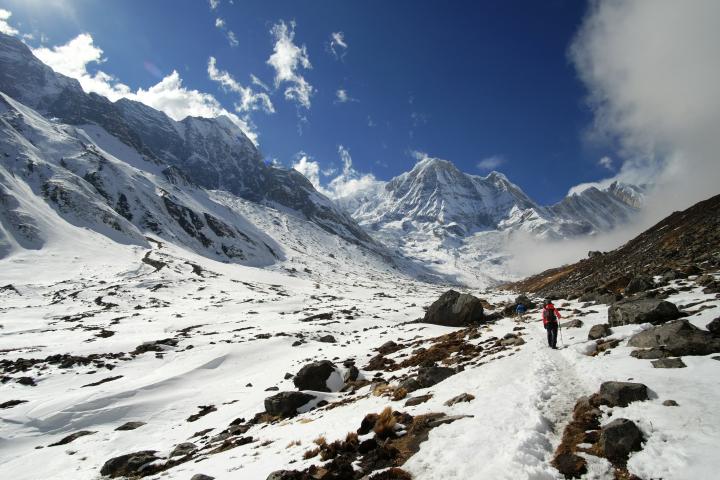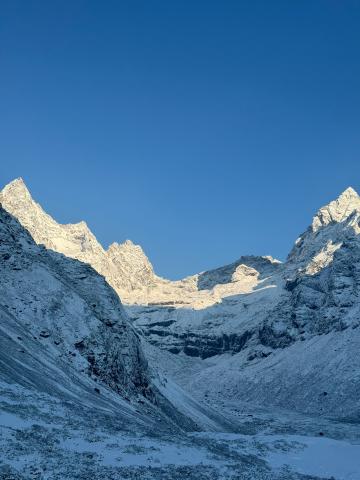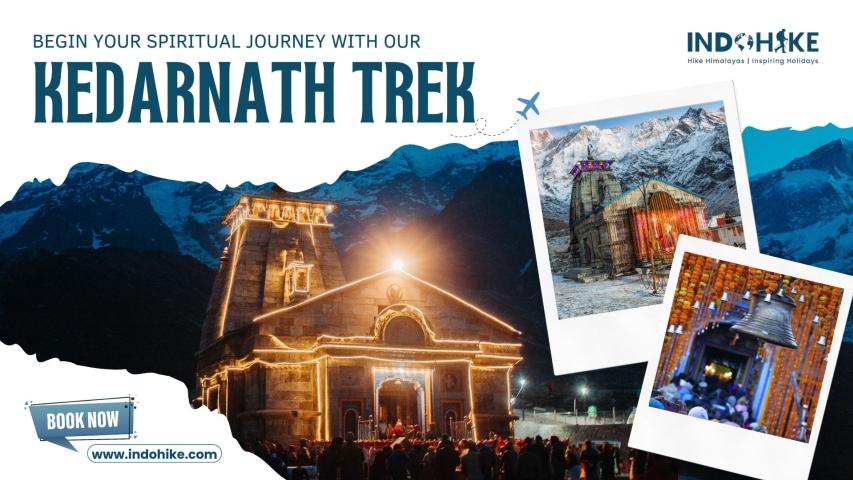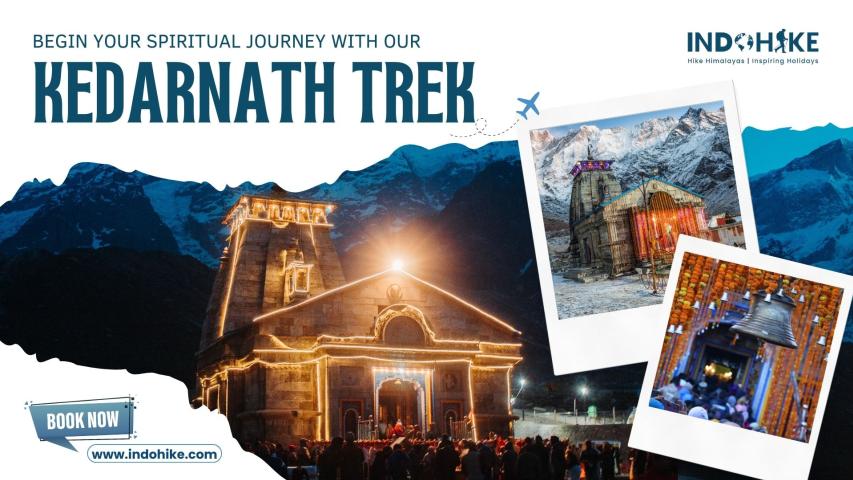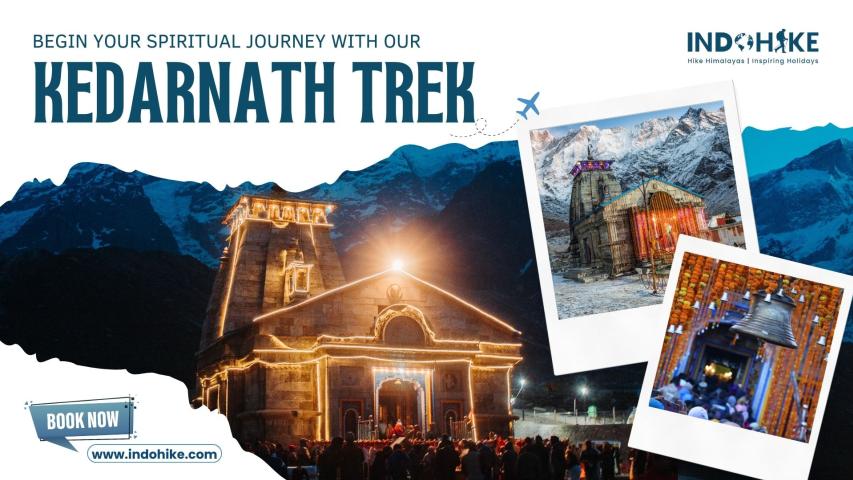What Makes This Route So Unique and Underrated?
For trekkers looking to experience both majestic Himalayan scenery and deep cultural immersion without the crowds of Everest or Annapurna, the Langtang Gosaikunda Trek offers something special. Located just north of Kathmandu, this journey blends alpine valleys, sacred lakes, and traditional Tamang culture into one unforgettable trail.
This trek isn’t just about reaching a destination. It’s about the transition—from subtropical forests to high mountain passes, from quiet villages to sacred pilgrimage sites. It offers just the right level of challenge, rewards you with breathtaking views, and wraps you in the warmth of local hospitality.
Where Does the Trek Begin?
The adventure begins with a drive to Syabrubesi, the gateway to the Langtang Valley. From there, the trail heads north along the Langtang Khola River, cutting through dense forests of rhododendron and bamboo. As you gain altitude, the scenery changes rapidly. Waterfalls tumble down cliffs, red pandas sometimes appear in the trees, and the snow-capped peaks of the Langtang range begin to dominate the skyline.
Villages like Lama Hotel and Langtang offer the first real taste of local life. The Tamang people, known for their hospitality and rich cultural traditions, welcome visitors into stone-built homes and teahouses that feel like part of the landscape itself.
What’s the Experience Like in Kyanjin Gompa?
One of the trek’s most striking highlights is the time spent in Kyanjin Gompa. This high-altitude village sits at 3,870 meters and is surrounded by towering peaks including Langtang Lirung. It’s a perfect place to rest, acclimatize, and explore.
You can hike up to Kyanjin Ri or even Tsergo Ri for panoramic views of glaciers and mountain ridges. The local monastery and the famous cheese factory also offer a glimpse into life at high elevation, where religion and tradition are deeply woven into daily routine.
How Does the Trail Shift Toward Gosaikunda?
After returning partway down the Langtang Valley, the route diverts westward toward the sacred lakes of Gosaikunda. This is where the trek begins to feel more spiritual. The climb to the lakes is steep and slow, but it moves through peaceful forests and past chortens and prayer flags that hint at the significance of what lies ahead.
As you reach Gosaikunda, the scenery becomes surreal. The lakes, shimmering with turquoise reflections of the sky, sit cradled in a rugged, rocky amphitheater. Pilgrims from all over Nepal visit this site, especially during the Janai Purnima festival, believing the lakes were created by Lord Shiva.
What’s the Final Stretch Like?
From Gosaikunda, the trail crosses the Lauribina La Pass at 4,610 meters. It’s the highest point of the trek and offers panoramic views stretching from the Annapurnas in the west to the peaks of Tibet in the north. After the pass, the descent toward Sundarijal or Dhunche is gradual, taking you through alpine meadows, forests, and more remote Tamang villages.
This section feels like a gentle farewell to the mountains, allowing time to reflect on the journey. It’s quieter, more introspective, and beautifully scenic.
Why Choose the Langtang Gosaikunda Trek?
If you’re looking for a trek that gives you a little bit of everything—culture, nature, spirituality, and manageable challenge—this one ticks every box. It’s perfect for those who want a meaningful experience without venturing too far from Kathmandu or committing to longer, more rugged expeditions.
You’ll walk through forests filled with birdsong, sleep in villages where people still practice centuries-old traditions, and stand beside sacred lakes that have inspired prayers for generations.
So, is the Langtang Gosaikunda Trek Nepal’s best all-round trek for heart, mind, and body? It just might be.
